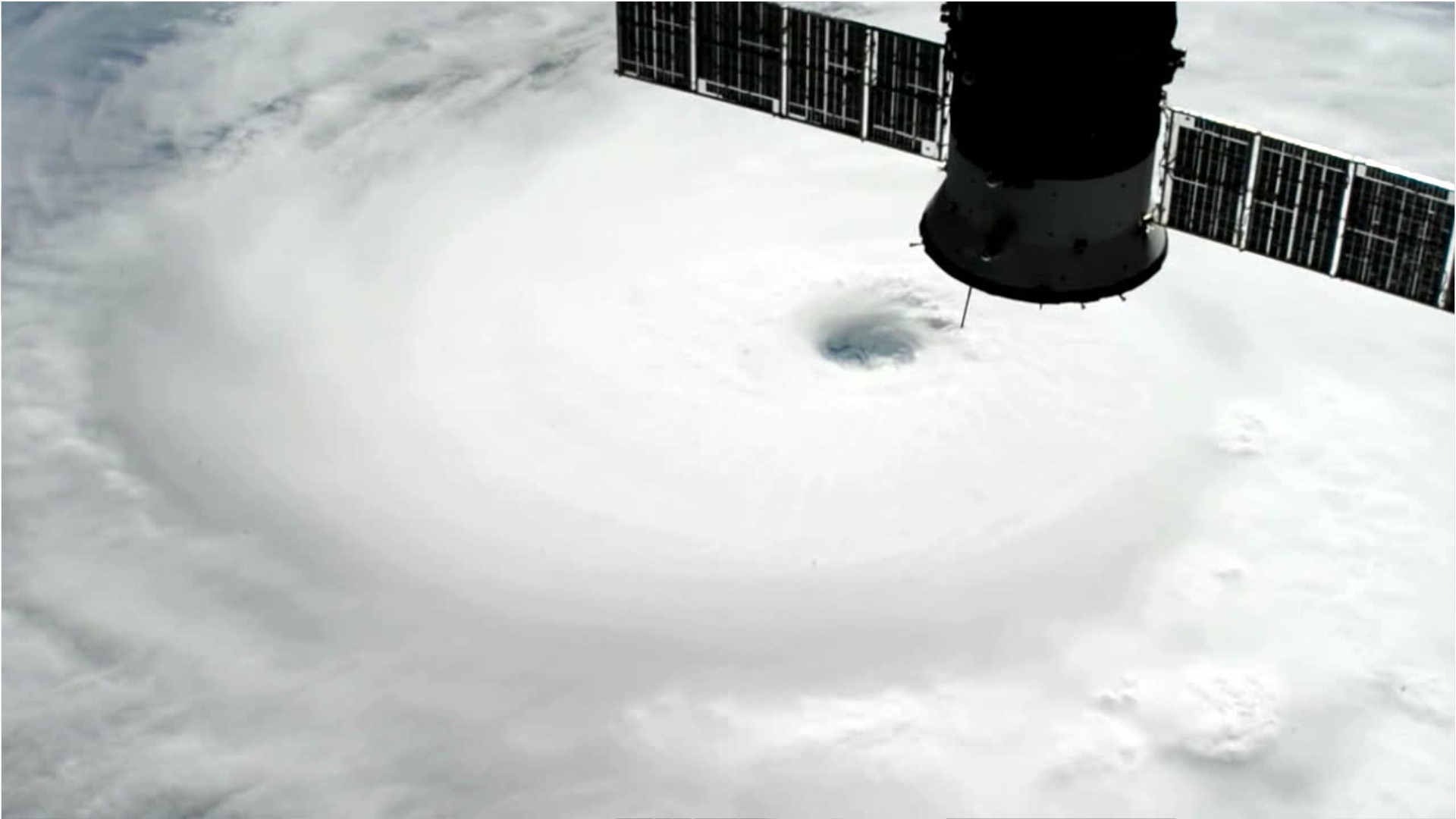Atmospheric & Space Scientists
Forecaster, General Forecaster, Meteorologist, Research Meteorologist
What they do:
Investigate atmospheric phenomena and interpret meteorological data, gathered by surface and air stations, satellites, and radar to prepare reports and forecasts for public and other uses. Includes weather analysts and forecasters whose functions require the detailed knowledge of meteorology.
On the job, you would:
- Develop or use mathematical or computer models for weather forecasting.
- Interpret data, reports, maps, photographs, or charts to predict long- or short-range weather conditions, using computer models and knowledge of climate theory, physics, and mathematics.
- Conduct meteorological research into the processes or determinants of atmospheric phenomena, weather, or climate.
Knowledge
Math and Science
- arithmetic, algebra, geometry, calculus, or statistics
- physics
Engineering and Technology
- computers and electronics
Arts and Humanities
- English language
Communications
- multimedia
Skills
Basic Skills
- reading work related information
- figuring out how to use new ideas or things
Problem Solving
- noticing a problem and figuring out the best way to solve it
People and Technology Systems
- thinking about the pros and cons of different options and picking the best one
- figuring out how a system should work and how changes in the future will affect it
Abilities
Verbal
- communicate by speaking
- listen and understand what people say
Ideas and Logic
- make general rules or come up with answers from lots of detailed information
- use rules to solve problems
Math
- choose the right type of math to solve a problem
- add, subtract, multiply, or divide
Visual Understanding
- see hidden patterns
Personality
People interested in this work like activities that include ideas, thinking, and figuring things out.
They do well at jobs that need:
- Tolerance for Ambiguity
- Achievement Orientation
- Intellectual Curiosity
- Attention to Detail
- Dependability
- Adaptability
Technology
You might use software like this on the job:
Analytical or scientific software
- IBM SPSS Statistics
- SAS
Presentation software
- Microsoft PowerPoint
Graphics or photo imaging software
- Adobe Photoshop
- Microsoft Paint
Education
Education: (rated 4 of 5)
bachelor's degree or
master's degree
usually needed
master's degree
usually needed
Job Outlook
Below Average
New job opportunities are less likely in the future.
Explore More
- Data Scientists
- Geographic Information Systems Technologists & Technicians
- Geoscientists
- Hydrologists
- Remote Sensing Scientists & Technologists
You might like a career in one of these industries:
See more details at O*NET OnLine about Atmospheric & Space Scientists.





